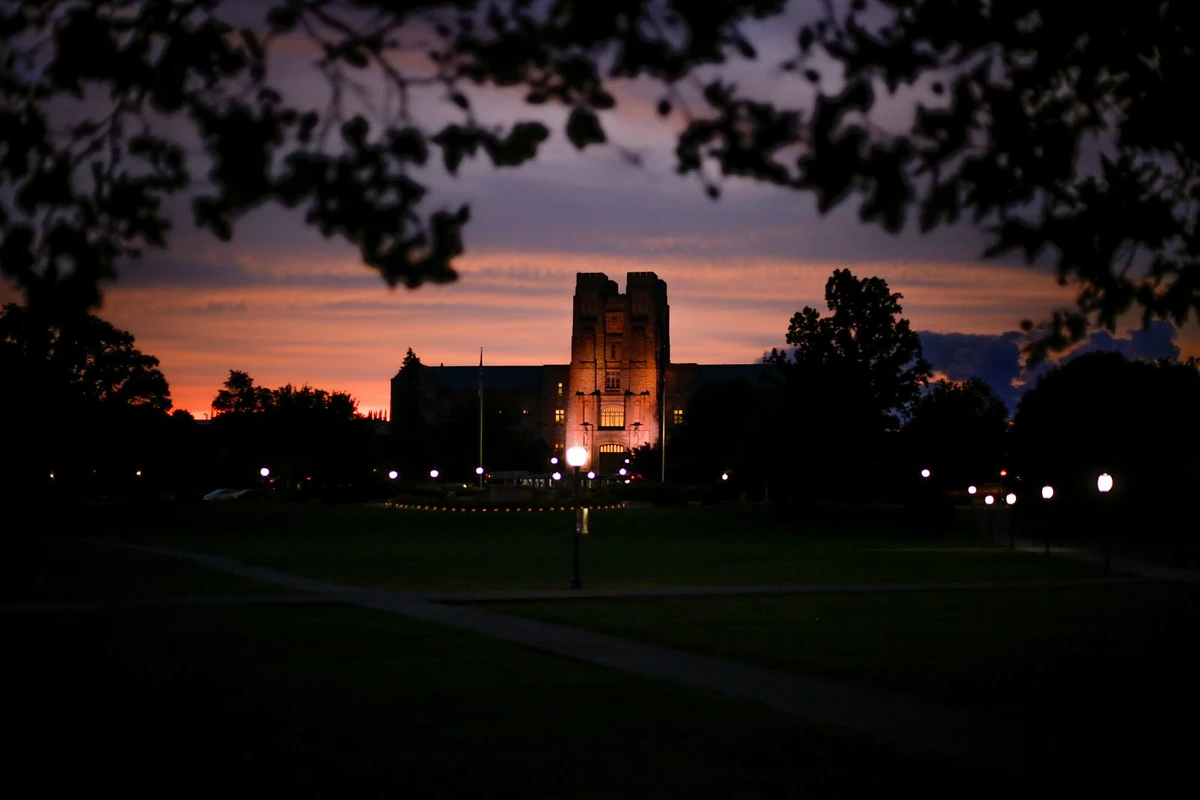“This is Home,” the phrase referencing Virginia Tech’s sense of place and community, is boasted by Hokies worldwide. But what distinguishes Virginia Tech’s 150-year-old Blacksburg campus? And more importantly, how will future construction emulate and preserve the iconic sense of place that Hokies across generations revere?
That’s exactly the role of the Division of Campus Planning, Infrastructure, and Facilities’ Office of University Planning: defining and curating the physical campus to ensure Virginia Tech’s legacy as “home.”
Placemaking focuses on people and their needs, creating an appreciation of a place or a feeling of home and belonging. “A college campus is a workplace, a home, a dining room, and more. We have the unique opportunity and responsibility to create moments where our students and employees can spend a lot of time comfortably socializing and recharging, and where our alumni can reconnect with one another,” said Stefanie Locklear, interior designer.
The multi-award-winning Office of University Planning is part of a high-performance cross-functional team that facilitates strategic enterprise-wide long-range physical planning, advancement of Virginia Tech’s capital outlay program, space management, land use, and campus aesthetics.
The team protects and maintains Virginia Tech’s sense of place by cohesively implementing the university’s campus master plan, Beyond Boundaries 2047: The Campus Plan, governed by the Virginia Tech design and construction standards and campus design principles.
“We provide guidance to site and building projects to verify alignment with aesthetics, material, accessibility, safety, to promote that sense of ‘being home’ while at Virginia Tech,” said Sandra Graham, director of campus design.
Graham, a Virginia Tech alumna, is one of three new members to join the team over the last six months. Rosalba Ledezma serves as the director of capital design and Jeffrey Dumars is the director of campus planning.
Skip past news feed


